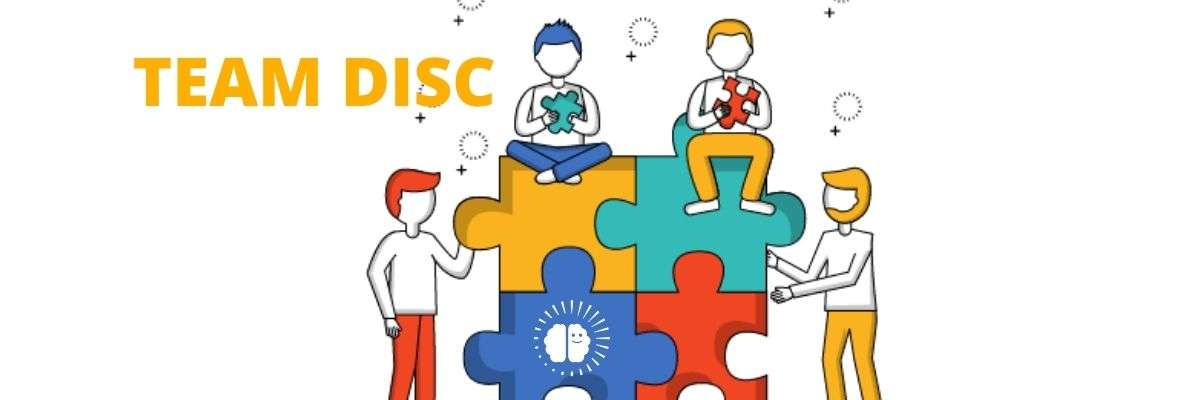Conflicts in teams are among the 7 factors that promote disengagement in companies. Also, these same conflicts represent one of the main challenges for managers. Probably not all conflicts can be eliminated. Nevertheless, there is a very powerful tool that allows teams and managers to better know and understand each other: the TEAM DISC.
The 4 colors that allow us to better understand each other
Have you ever heard of the 4 colors? One day a colleague told you about the “red” manager Robert or the “yellow” marketing expert Janine? And you didn’t understand a thing? Let me explain what your colleague was referring to. He talked about DISC. DISC is a behavioral analysis that describes different communication and behavioral styles. We can identify 4 main behavioral styles: D (dominant), I (influential), S(stable) and C(compliant). Each of these styles is associated with a color: D with red, I with yellow, S with green and C with blue.
The interest of knowing one’s behavioral style: identifying strengths and areas for improvement
On the one hand, the study of our DISC profile explains our behaviors and allows us to identify our strengths. On the other hand, it allows us to identify our limits and our areas of personal development. Also, the understanding of these behaviors allows us to better understand the way our interlocutors act. Consequently, it becomes easier to manage misunderstandings before they become real conflicts. In this context it is important to know that none of the 4 styles is better than the other. We generally carry elements of all four styles within us – with varying degrees of intensity.
DISC also allows us to better understand how and why our colleagues (re)act differently. To improve communication and team cohesion, we will only have to apply this new knowledge and adapt our behavior to the needs of our interlocutors.
A new manager arrives? For a quick integration, nothing better than a DISC
Arriving in a new team or even managing a new team is a great managerial challenge. A good leader motivates his team and creates a bond. By knowing the behavioral profiles of his collaborators, a manager can easily adapt his speech and accelerate his integration in the team. Similarly, knowing the manager’s profile allows teams to adapt – a win-win.
The TEAM DISC helps to understand the functioning of a team
To provide a holistic view of team behavior, TEAM DISC brings together individual analyses. This overview allows the team to analyze how well it is prepared to meet the company’s expectations. Also, the TEAM DISC will allow to identify potential areas of improvement at the team level and to discuss them together.





